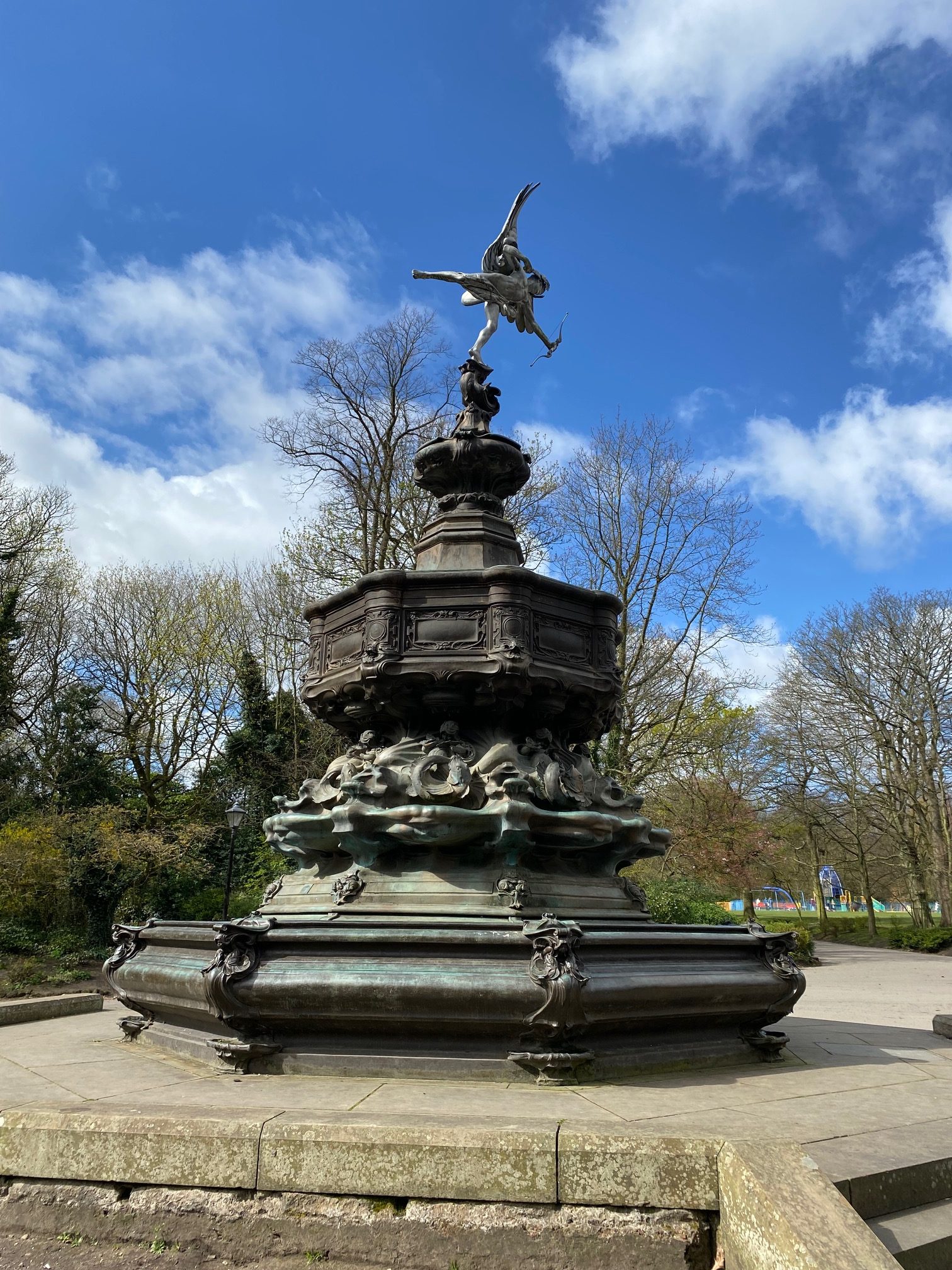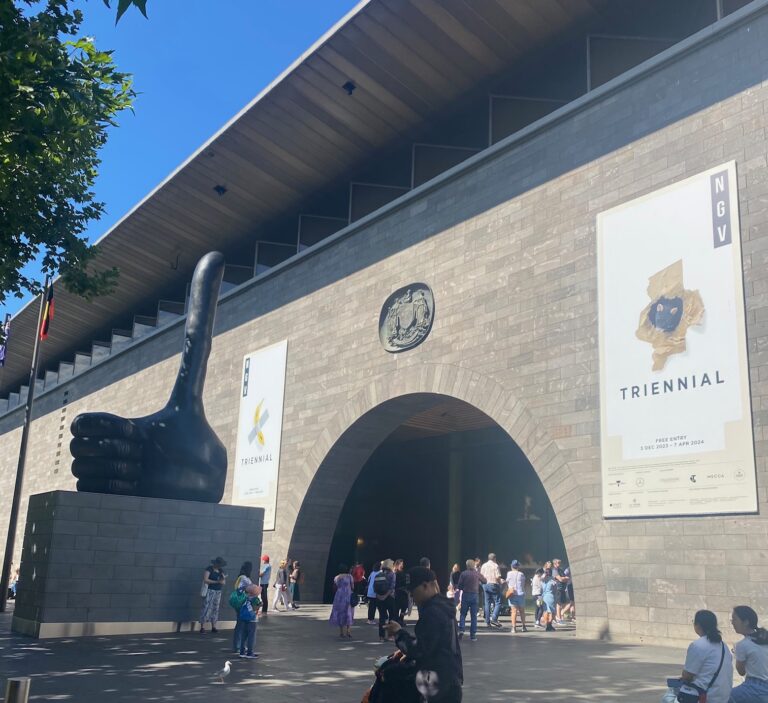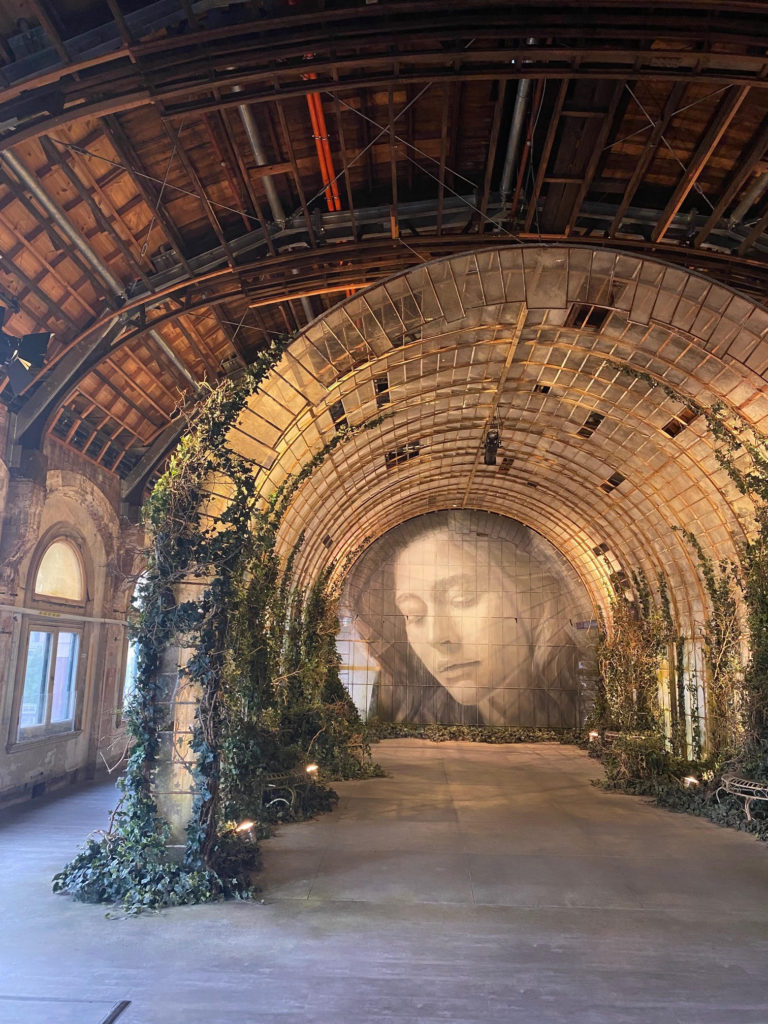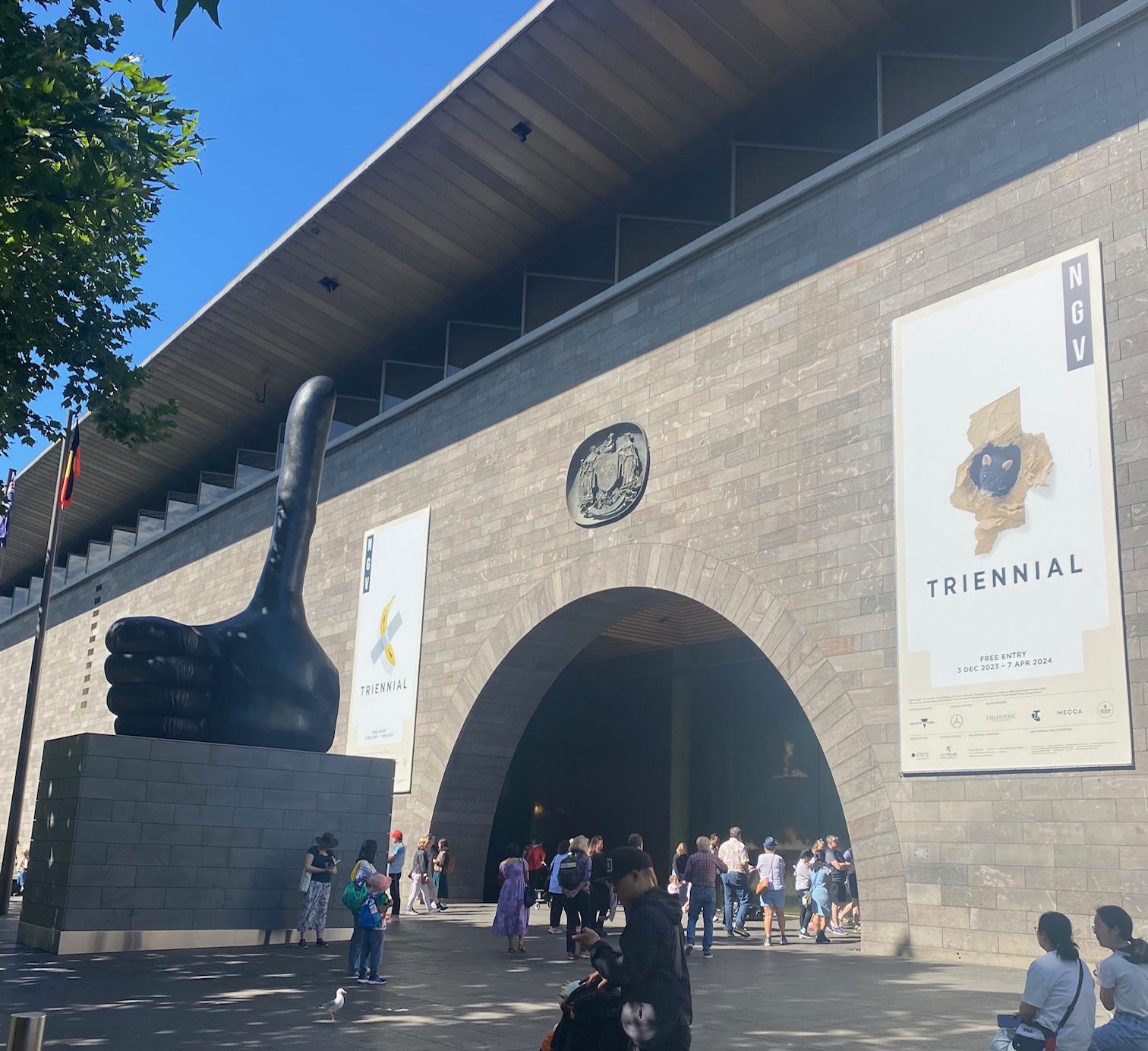Hello my fellow art junkies! Going a little bit different today… I’ve created a video! Think: Usual Confessions of An Art Junkie blog entry, but visual! But don’t worry, I have also included the video’s transcription below. Enjoy!
Hello my fellow art junkies! If you have been reading my articles for a while, you will know that during the third UK lockdown, I created a series of written trails called Liverpool Lockdown Treasures. Well today I’m back to share with you some treasures within Sefton Park to have a look for the next time you visit, because although we may not be in a lockdown anymore, these public artworks cannot go a miss!
Sefton Park is located in the South of Liverpool and is very loved by its locals! Made up of 200 acres, the park attracts dozens of families, students, runners and cyclists every day. It is definitely a site that the city is proud of, with its Grade One listing and its recent Green Flag Award. The natural landscape is home to lakes, cafes, playgrounds and numerous public artworks and monuments, that I want to explore with you today.
Route 56 Millenium Milepost (2000) by Jon Mills, on behalf of the National Cycle Network
The first monument on our trail through the park is one of the National Cycle Network’s Millenium Mileposts. It is a cast-iron sculpture that is one of a thousand mileposts to help people navigate the various routes across the country.
This milepost signifies Route 56 which starts in Chester, goes through the Wirral, across to the Albert Docks and through the park itself.
If you fancy the ride, just go to the National Cycle Network’s website which is linked here: https://www.sustrans.org.uk/find-a-route-on-the-national-cycle-network/route-56
Shaftesbury Memorial Fountain and the Anteros statue (1932) by Alfred Gilbert
The next treasure on our trail is just opposite the Route 56 milepost, and more specifically about 20 metres from the Oasis in the Park Cafe
The Shaftesbury Memorial Fountain and Anteros statue is a replica of the Shaftesbury Memorial Fountain created by Sir Alfred Gilbert in London’s Piccadilly Circus.
It celebrates The 7th Earl of Shaftesbury, the Victorian philanthropist, who is best known for replacing child labour with school education.
Anteros is a Greek god who is signifies the God of Selfless Love, which was thought to fit the Earl most perfectly!
The Bandstand (1872) by Edouard Andre and Lewis Hornblower
Now, the bandstand may seem a little neglected currently, but it was actually a very popular attraction in Victorian times.
In fact, the path that you are now standing on to view the bandstand was known as The Monkey Walk in Edwardian times as men would put on their best suits when a band was performing and promenade up and down this pathway trying to get the attention of ladies enjoying the concert.
The Rathbone Statue (1887) by John Turner
This sculpture commemorates William Rathbone the Fifth, a former Lord Mayor of Liverpool who was part of a family of non-conformists, merchants and ship owners, philanthropists, politicians and social reformers, artists and patrons of the arts.
Not only did he attempt to abolish the slave trade, but he also helped Kitty Wilkinson in establishing wash-houses and public baths following the 1832 cholera epidemic, was an active supporter of the Municipal Reform Act 1835, was responsible for the distribution of New England Relief funds during the Irish famine of 1846-1847.
The statue is made of Sicilian marble and was placed here because the Rathbone’s family house was located in Greenbank, so not far from Sefton Park at all.
Gothic Drinking Fountain (1872) by Edouard Andre and Lewis Hornblower
If you were to walk around the park’s lake and get to the bottom, you will find the Gothic Drinking Fountain that dates back to 1872 and judging by its wear, the water feature has been very popular with visitors in the past!
Designed by Lewis Hornblower and Edouard Andre, who were also designers of the entire park, the fountain has a sandstone base and canopy supported by marble pillars with four iron water basins. Under the canopy are entwined dolphins.
Unfortunately the fountain no longer works but it’s Gothic revival style is still a pleasure to view!
Field of Hope (1990) by the Woolton Marie Curie centre
Located east of the fountain is a beautiful and bright section of daffodils. However, this isn’t just any old field, it is the Field of Hope.
In 1990, the Marie Curie centre in Woolton decided to plant a million daffodil bulbs in this part of Sefton Park to inspire cancer sufferers and carers. This programme instigated similar fields to bloom with vibrant daffodils in other parts of the city, including Stanley Park, Clarke Gardens, and Woolton Village.
The Palm House (1896) by Mackenzie and Moncur
The Palm House is potentially my favourite feature of Sefton Park, it’s beautiful architecture has been through a lot since its conception in 1896, including all of its glass being shattered during the Liverpool Blitz, however, thankfully due to the Save the Palm House campaign, it has been restored to its former glory.
Known as Sefton Park’s ‘Great Conservatory’, visitors can stroll under its glass domes and marvel at various exotic plants from all over the world.
It is also home to eight statues that replicate explorers such as Captain Cook and Christopher Columbus.
You can visit the Palm House and explore it’s gardens at your own leisure, but sometimes the Palm House is used for events. For example, on the day that I visited there was actually a wedding about to take place! It’s also used for music events, parties and exhibitions. I’d really recommend going inside of the Palm House, so if you want to visit on a day where it is free, check out the website (https://palmhouse.org.uk/) which keeps visitors up to date daily.
Peter Pan (1912) by Sir George Frampton
Placed just outside of the entrance to the Palm House is the 1912 bronze statue of Peter Pan. It was made by the British Sculptor, Sir George Frampton, and was originally gifted to the children of Liverpool by the local merchant George Audley who was known for his generous work with children.
It only took one night for the statue to be installed, so children were told that Peter Pan had just flown in overnight. Adding to the entertainment, the story’s author James Barrie sent a telegram addressed to the Statue, telling ‘Peter to behave himself and grow no bigger!’
So there we go my fellow art junkies, that is part four of my Liverpool No-Longer Lockdown Treasures Series. If you enjoyed this trail within Sefton Park, please check out the other three parts to my series on my home page which look at public artwork at Liverpool’s Waterfront, the City Centre and the Baltic Triangle.











![Eeek! I know I’m probably supposed to remain super professional (whatever that means) and all cool and chill about these things but I’m SO excited to share Totality, the second exhibition I’ve worked on but the first show I am solo curating! Exhibiting 3 incredible artists, Elina Yumasheva, Aiming Wang and Kelvin Wong, we want to show you that it IS possible to create fabulous temporary exhibitions in the most sustainable, eco-friendly ways through three very different types of visual practice, and exhibition-making by recognising how truly interconnected we are with the natural environments that surround us.
You can catch us for one day, and one day only next Tuesday (12th) from 10am-5pm, where we will all be present to engage in some thoughtful, considerate (and fun!) conversations around this topic outside of the Studio Building at Battersea Campus 🤍🌿🌎
[Poster made by yours truly]](https://www.confessionsofanartjunkie.com/wp-content/plugins/instagram-feed/img/placeholder.png)